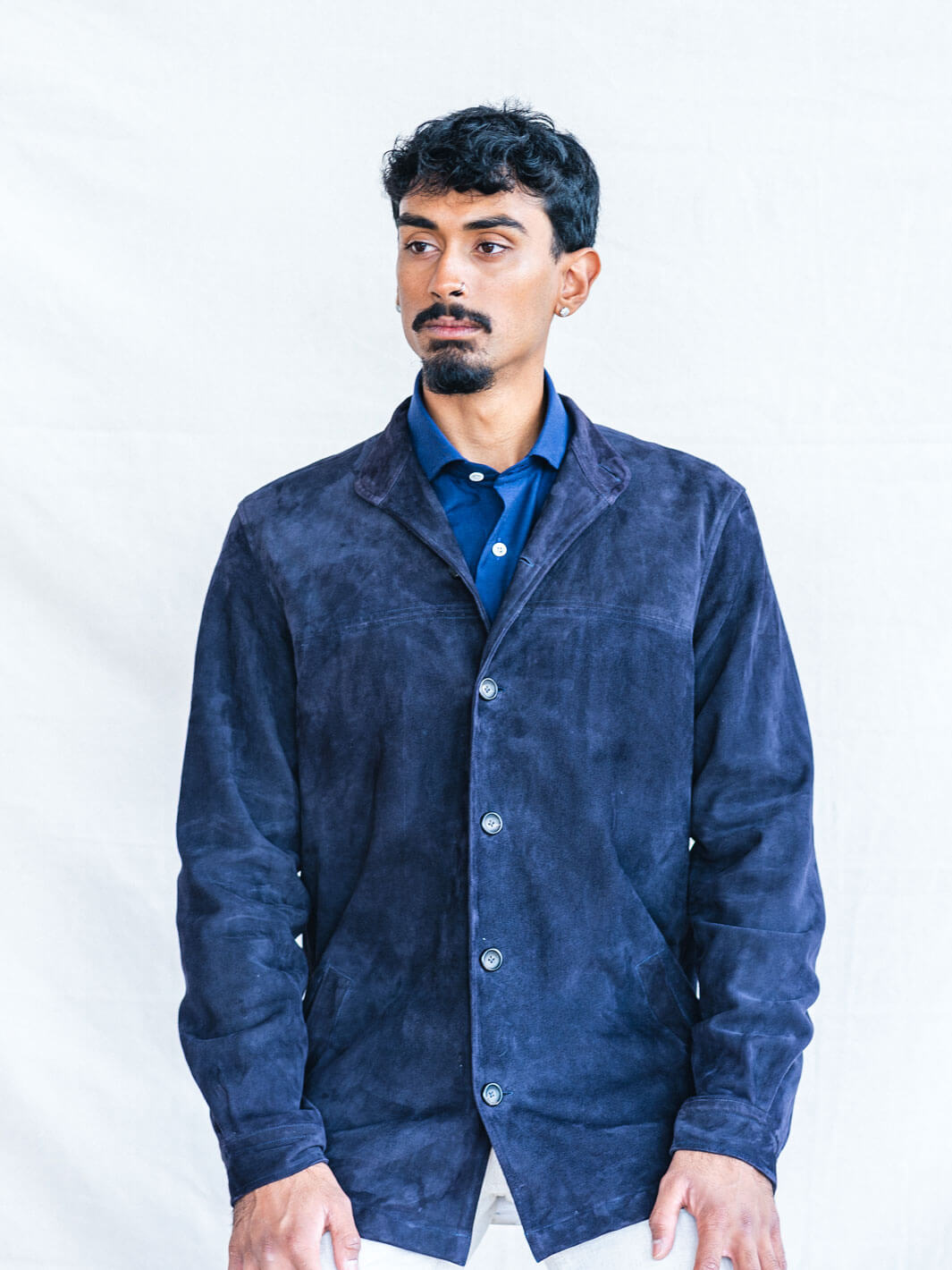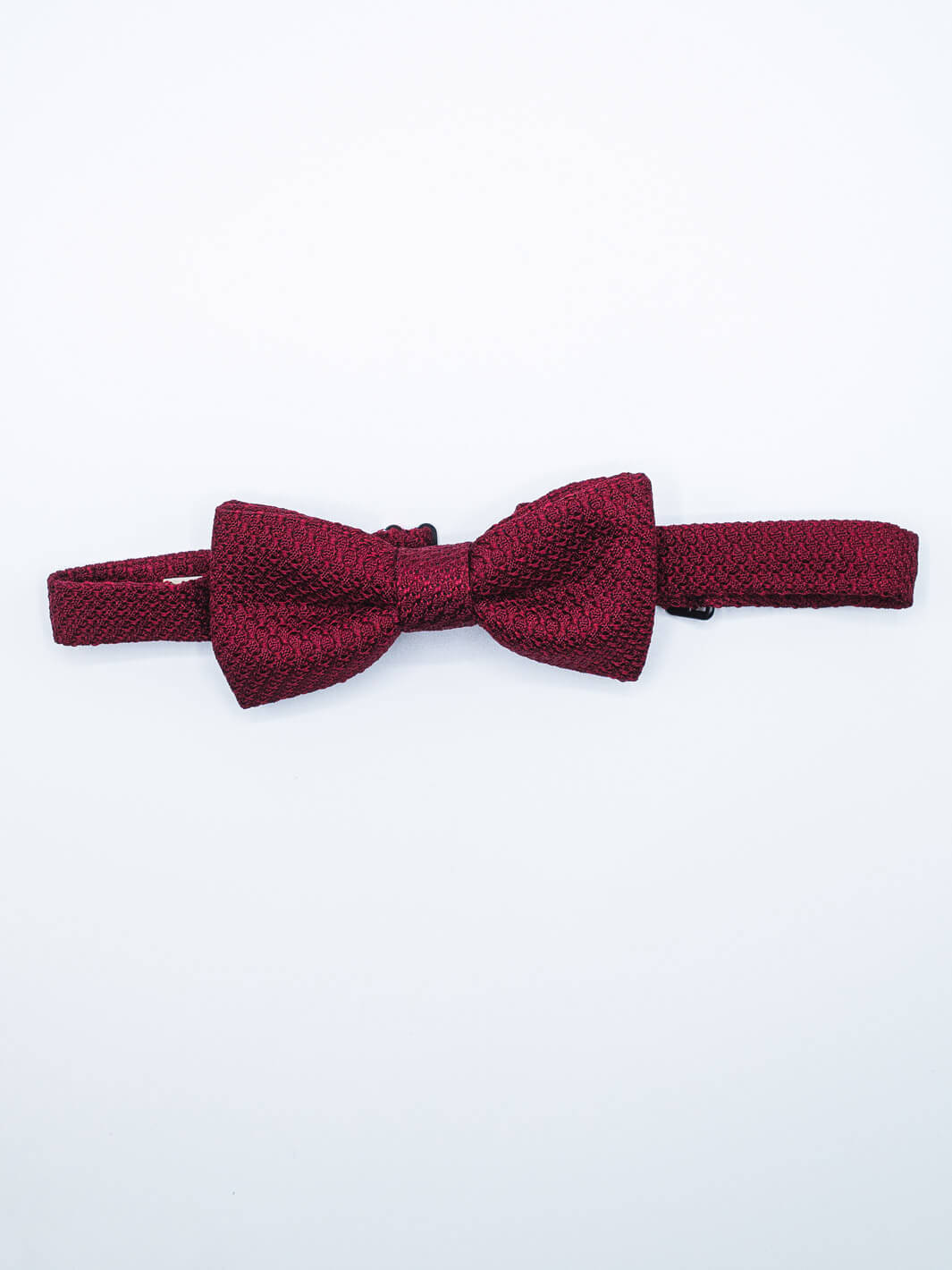Knowing how to operate skillfully and with careful thought when it comes to your menswear wardrobe isn’t unlike having a Swiss Army Knife at your disposal: Expertly poised, always at the ready and able to adapt at will to style scenarios aplenty.
It all comes down to the best fall and winter layers, which can express personal style, confidence, elegance and utility all at once. Here, we’ll discuss the ever-useful 3-Layer Rule, and how precisely to make your favorite fall and winter fabrications and silhouettes work seamlessly with one another – in any and all weather and for every sartorial pursuit.
The Three-Layer Rule
The basis of any great layered look in the autumn and winter months starts off easily enough: Think of the three-layer rule, where you’re building off a base, adding a mid-layer and topping off an expertly crafted look with an oft-hearty outer layer based on the weather.
Buyer beware: There are going to be times where each of your trio of layers enters the equation (the most brisk, windy, wet parts of the season), and occasions where two layers very well might suffice. And at times when the weather is more mild or dry, two layers – selected with the conditions and your seasonal activity of choice in mind – can certainly achieve the stylish task at hand.
The Base Layer

Since other layers are joining your ensemble in quick succession based on the weather, focus on a blend of breathability and structure when selecting your base layer. Of course, this base layer will shift based on the occasion, be it the ever-versatile poplin or Oxford shirt or something more easygoing.
For more casual or casually sporty situations, a layer like a highly breathable and yet polished merino long-sleeve polo very well might suffice. In the most rugged situations, a thermal henley might prove a wise move, but when in doubt, look for sport shirts in breathable fabrications like light denim, cotton twill, or flannel when the occasion calls for a collared look.
The Mid Layer

The careful selection of a mid-layer can go a long way towards both comfort and optimal performance – plus sartorial sensibility in the right situation. Merino and cashmere sweaters are refined and layering-ready options, like a merino quarter zip or the endlessly versatile appeal of our Charcoal Lambswool Crewneck.
An overshirt can also substitute as a rather rugged-yet-refined mid-layer, while the gentleman’s quilted or corduroy vest can add a dash of debonair style.
The Outer Layer

Depending on the wild weather, wind and rain at hand, your outer layer is arguably the make-or-break finishing touch to the always-wise and fashionable-yet-functional Three Layer Rule.
A blend of classic shape, structure, and durable fabrication leads the way: The mac coat has been trusted for eons in the menswear world in drizzly, windy weather, while the field coat can deliver serious style points and performance when it comes to storing everyday carry essentials and traveling the globe.
Stick to a simple formula: When wearing fine tailoring, look for a finely tailored overcoat to ensure adequate coverage. And in the same way you lean on an overshirt in more casually rugged situations, the ever-useful chore coat can work in much the same fashion. The same can be said for the denim trucker jacket or corduroy trucker jacket: Look to its helpful pockets and hard-working fabric in chilly morning and evening climes.
Choosing Fall Fabrics and Colors with Care
When it comes to fall layering, seasonally friendly fabrics like corduroy, flannel, or tweed can add character and texture, plus warmth. In the same way you opt for the light and breezy in the summer months, look for sturdy, thicker textured materials in the colder months.

Start by trading your trusty linen shirt for a heavier cotton option as a base layer. Add warmth with a quilted vest or a merino jumper as your mid-layer. And finally, swap your linen blazer for a hearty tweed or other heavier wool jacket on top.
Keep in mind that in addition to temperature-regulating fabrics like merino, versatility in color remains important: Your layers should function seamlessly on the color wheel, even when considering your ever-crucial outermost layer. Shades of charcoal, deep indigo, light grey, classic navy, olive and rust or burgundy often come to mind.
Foolproof Layering Formulas for the Season at Hand
While many dependable wardrobe pieces work across both fall and winter, it’s helpful to think in terms of the 2-layer and 3-layer systems as the temperature shifts.

Mild & Dry: The situation at hand might call for casually rugged yet sporting style, like that of a country gentleman: Look for an ensemble that teams our Urban Explorer Field Coat with a breathable, temperature-regulating piece like the our Knit Merino Polo, as both options are fit for weather that’s not quite as cold, yet still chillier than summer’s hottest temperatures.
Wet and/or Windy: Your outermost layer is going to lead the charge in standing up to brisk, rainy weather: Look to a staple piece with enough length to cover a sport coat or else a sweater. In this case, you might team our water-resistant Navy Wool Flannel Mac Coat with our Light Grey Merino Quarter Zip atop a cotton twill dress shirt.
Cold But Dry: The three-layer rule certainly still applies when it’s cold, even in the absence of rain. In this instance, we’d recommend selecting a truly classic sport shirt, like a cotton Oxford or lightweight flannel dress shirt, then topping said shirt with the warming nature of a vest/gilet like our Double-Breasted Corduroy Vest for a touch of sprezzatura and layered warmth. And the outerwear of choice is yours based on the affair at hand. If the situation is formal, a Flannel Overcoat is ideal, but if it veers into slightly more laidback territory, a Corduroy Chore Coat might prove a wise move.
The beauty of the 3-Layer Rule lies in its fusion of versatility, wearability and sartorial points aplenty, and at Anatoly & Sons, we have options in spades to suit every carefully selected seasonal soirée.









